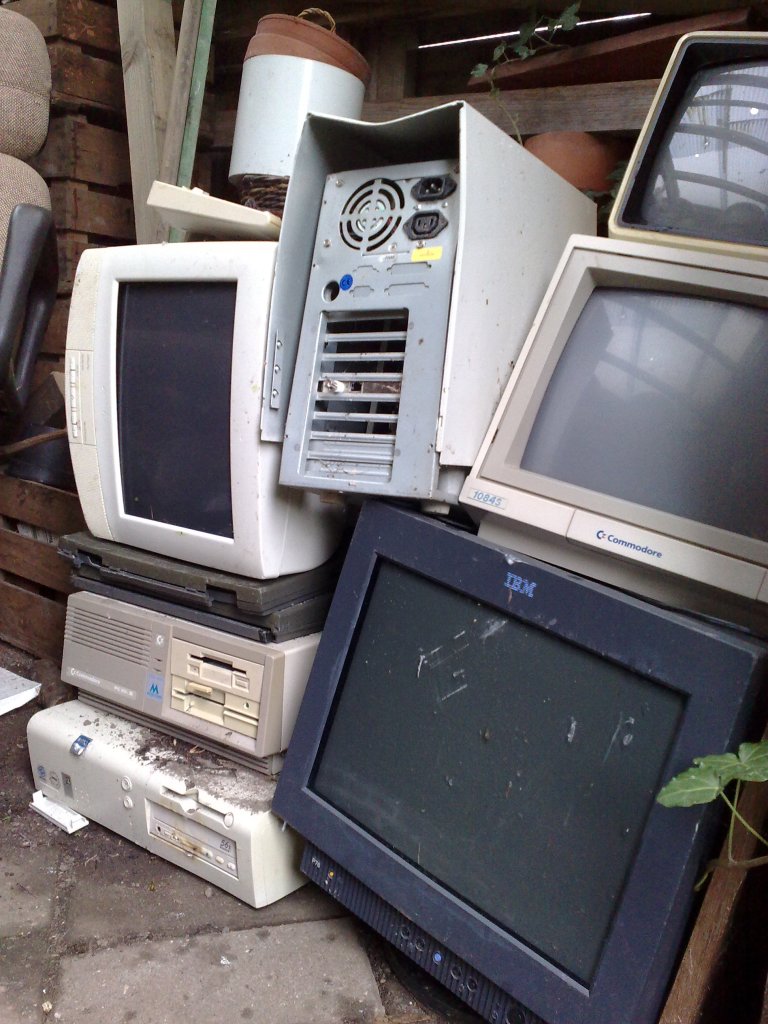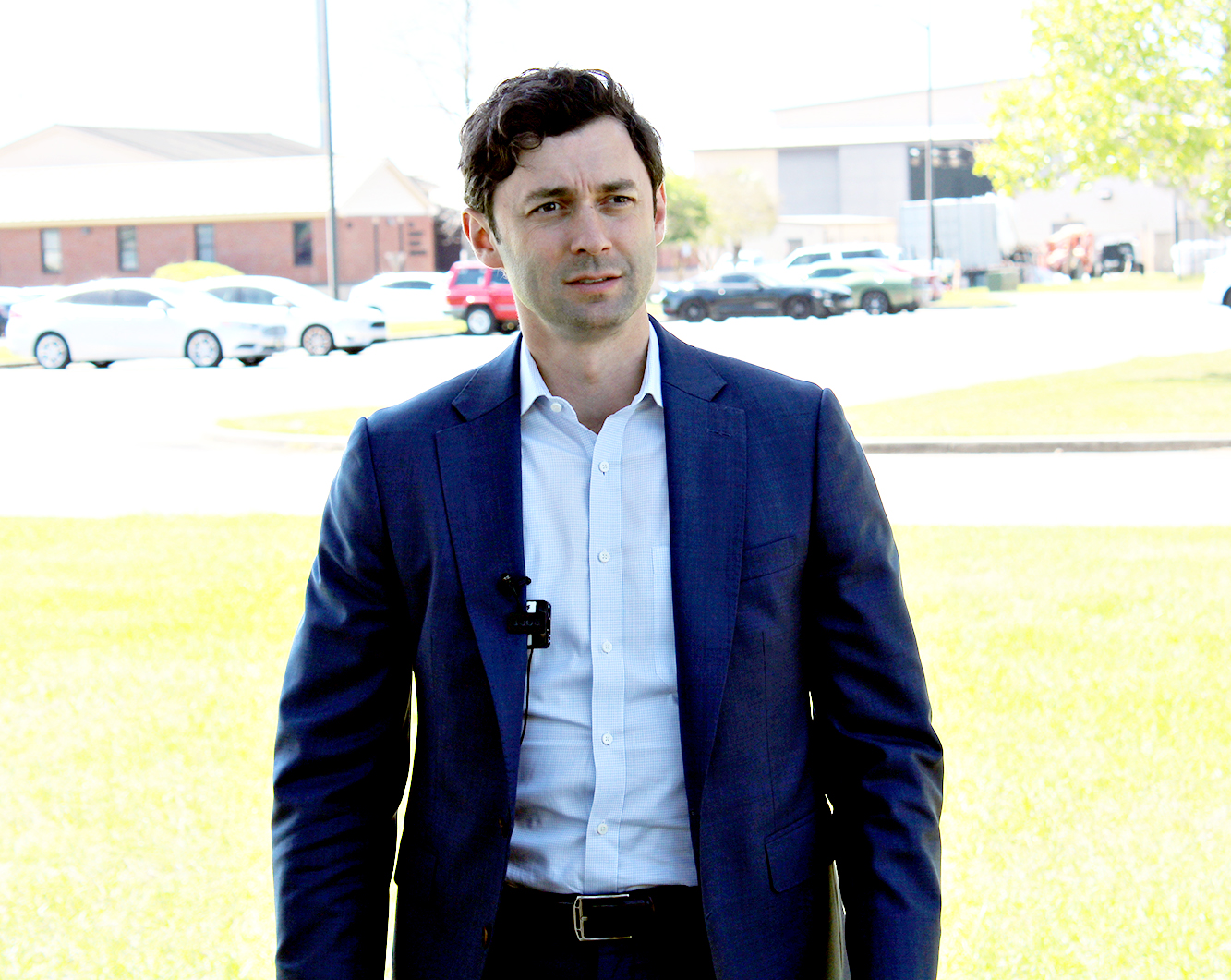Old sets, monitors saddling counties with rising costs
Published 2:15 pm Thursday, October 27, 2016

- E-waste
ALBANY — Taxpayers are picking up the tab for millions of dollars for the disposal of old television sets, computer monitors and other gadgets despite a five-year-old law intended to pass the cost to manufacturers, according to local government leaders.
The situation has gotten so bad that televisions with cathode ray tubes, which contain lead, are being tossed into the woods, said Mark LaVigne, spokesman for the New York State Association of Counties. He said it’s because consumers aren’t being told, as the law requires, how to dispose of the sets.
The volume of electronic devices entering the waste stream has surged as more consumers upgrade to flat-screen televisions and monitors, junking their bulky old sets.
Meanwhile, it is illegal for landfills to accept the old sets, which are considered as hazardous waste.
The e-waste law that went into effect in 2011 requires manufactures to subsidize CRT recycling and inform the public on how to junk unwanted equipment.
But the Association of Counties and officials in local waste programs say governments are shouldering much of the costs as New Yorkers toss out far more electronic waste than was envisioned.
“The law was supposed to make getting rid of electronics convenient and free, but it’s neither,” said Assemblyman Dan Stec of Queensbury, the ranking Republican member of the Assembly’s Environmental Committee.
LaVigne said the Association of Counties is urging the state Department of Environmental Conservation, which oversees hazardous waste programs, to draft regulations requiring the industry to inform the public about their options.
The association, he added, will call on lawmakers to set aside money in the next budget to cover costs that cities, towns and counties must pay.
Though lawmakers intended for manufacturers to absorb the costs, they have ended up paying far less than the actual tab because of a complicated formula that relieves them of responsibility once they accept certain volume targets, said Sue McIntyre, solid waste manager for Delaware County.
“We need to find a way to put the financial burden back on the manufacturers,” she said.
McIntyre said her county’s e-waste program has quadrupled in the amount it handles, rising to about 300 tons last year alone. It spends more than $50,000 per year to deal with the electronic trash, and that amount could jump if a recycling firm that takes the waste increases its fees, she said.
Conservation officials said they’ve been meeting with manufacturers and representatives of local government to improve the program.
The state has been imposing “surcharges” on manufacturers that “under-collect” e-waste that they’re estimated to recycle each year, said Mark Moroukian, a waste reduction specialist for DEC.
Conservation officials reported collecting $239,571 from manufacturers in 2014. Last year the state took in just $53,356 for under-collection.
Moroukian said the trend shows the department is “making an impact,” as manufacturers respond to its prodding.
“Many of the covered electronic equipment manufacturers who had shortfalls in their programs made the necessary adjusts to correct these shortfalls with strong stakeholder education and outreach efforts,” he said.
But Assemblyman Steve Englebright, D-Suffolk County, chairman of the Environmental Committee, said the agency should do more to enforce the law and draft strong regulations so local governments aren’t paying for the recycling.
If lawmakers made retailers responsible, he noted, consumers would end up paying higher prices at the store.
Representatives of the Association of Counties, in legislative hearings, have said the costs passed to local governments for CRT recycling are straining county finances at a time when local governments are struggling to stay within New York’s tax cap.
LaVigne said Niagara County’s costs for managing electronic waste is about $60,000 per year. Clinton County pays about $10,000.
Clinton County’s landfill, leased and operated by Cassela Waste, collected about 41 tons of e-waste last year.
Otsego County Planner Karen Sullivan said her county spends about $25,000 annually for the waste, and there is concern that some related expenses may not be eligible for state reimbursement.
The e-waste law requires manufacturers to accept their own discarded products if they are sent to them by consumers.
But LaVigne and Stec note few consumers will be interested in packaging an old television and shipping it long distances.
“Who in their right mind is going to pack up an 80-pound television that is no good any more and pay to have it shipped somewhere?” Stec asked.
Joe Mahoney covers the New York Statehouse for CNHI’s newspapers and websites. Reach him at jmahoney@cnhi.com
###





